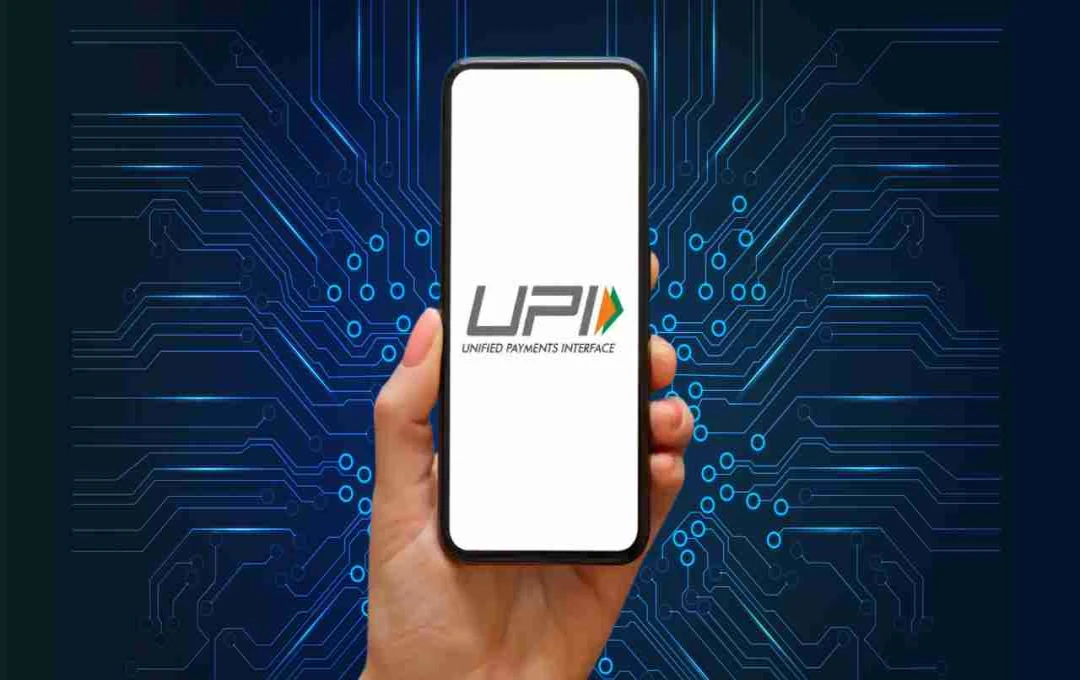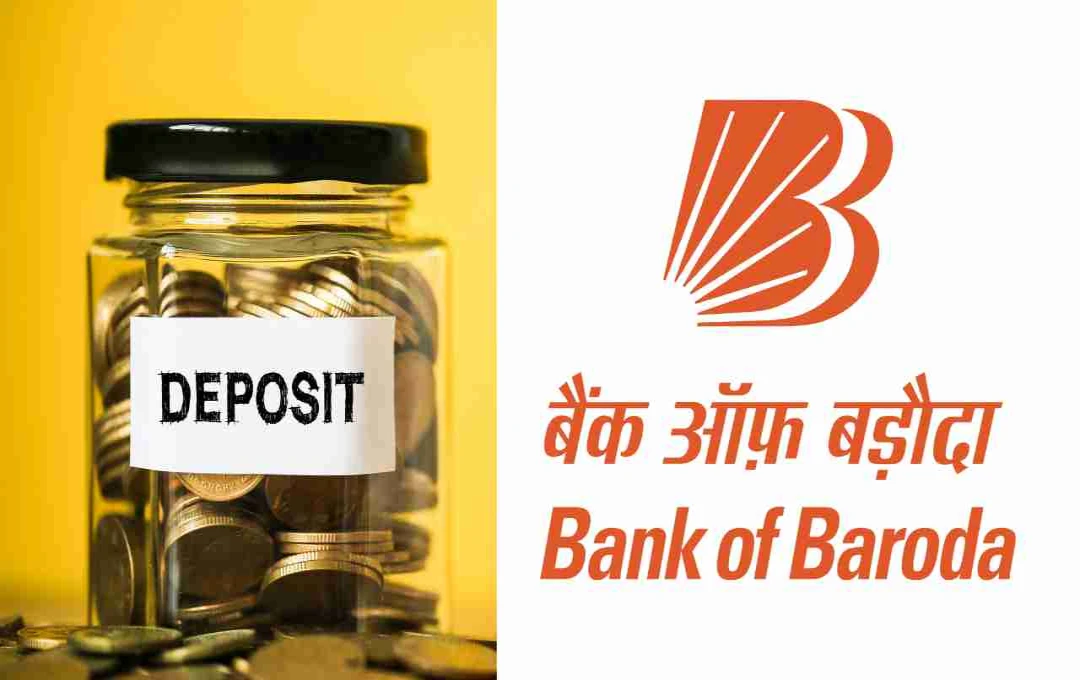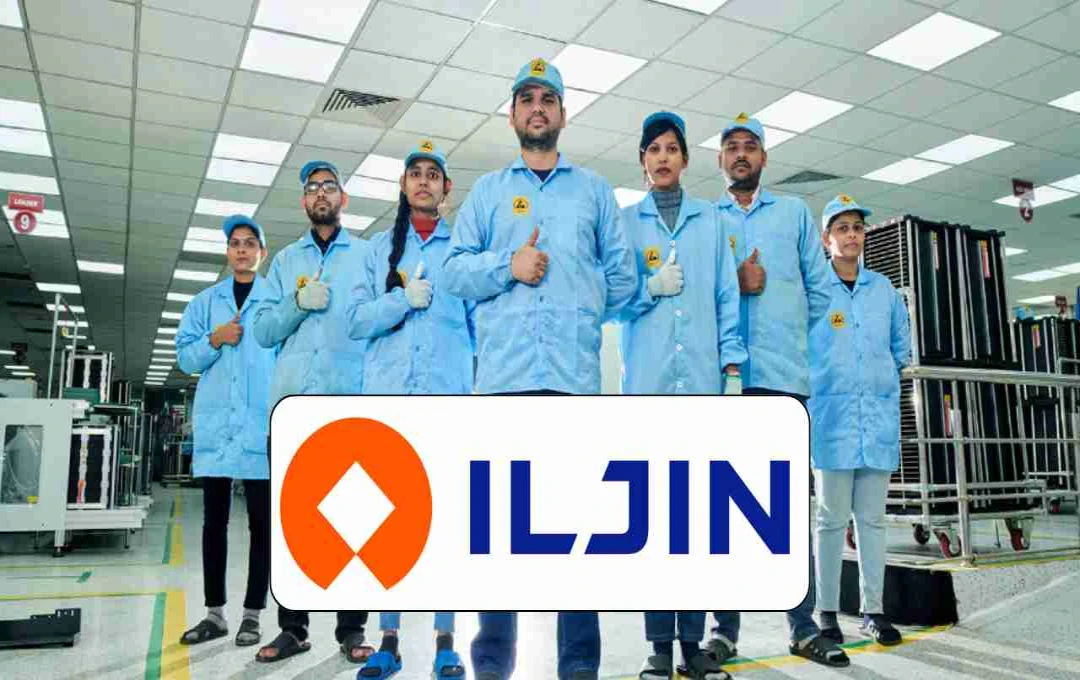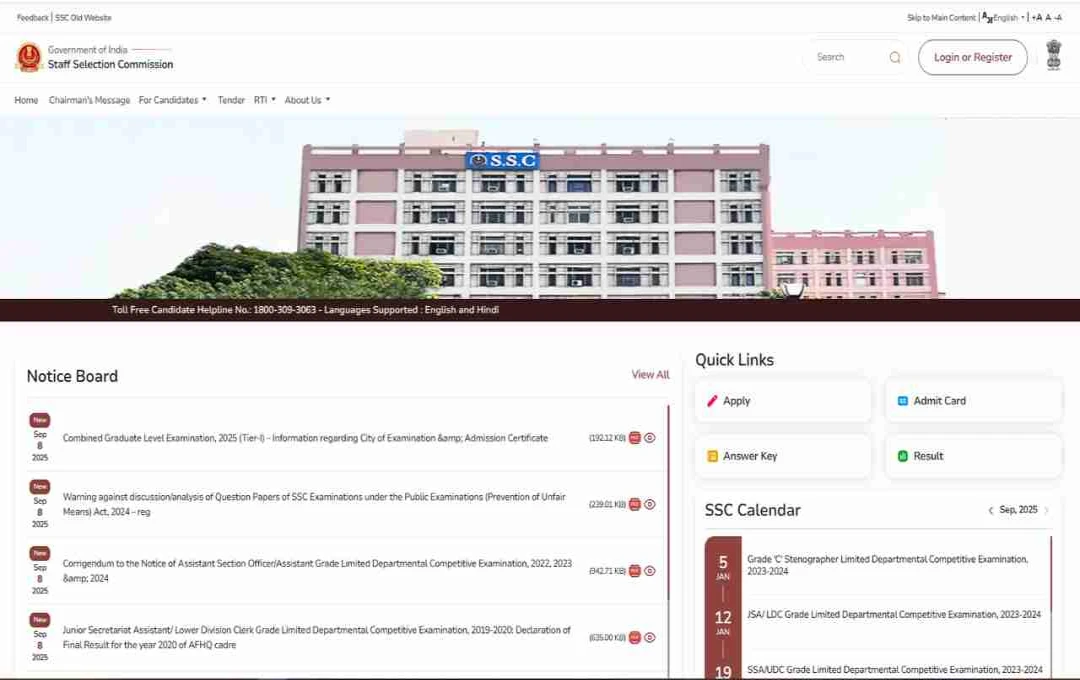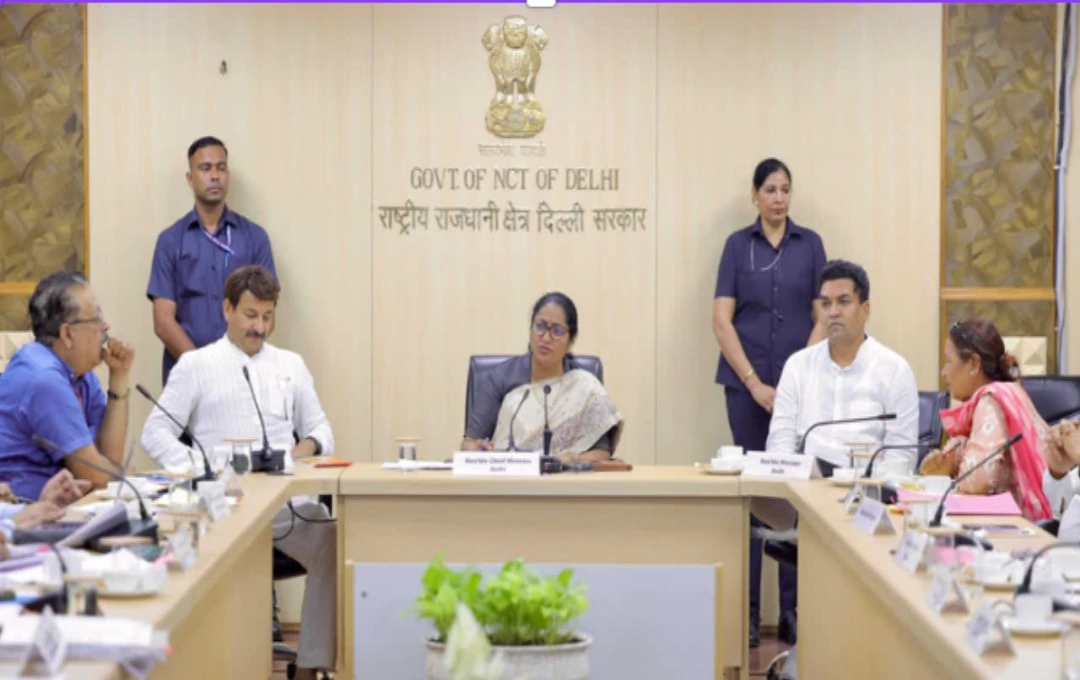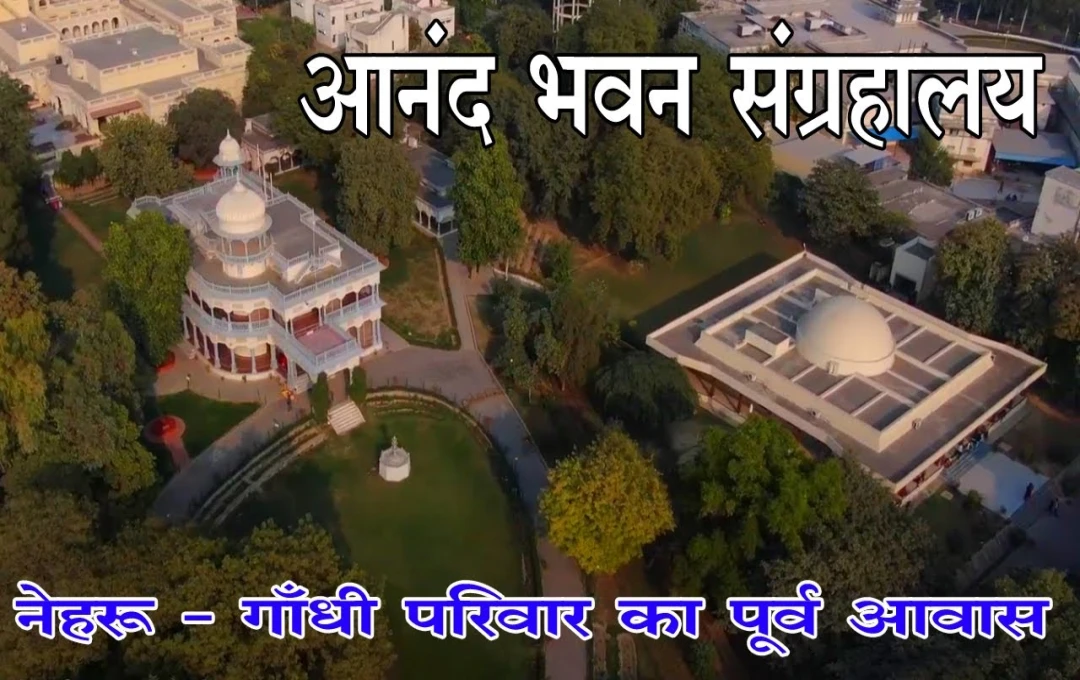NPCI is increasing the UPI transaction limit from September 15, 2025. Now, large transactions in Person-to-Merchant (P2M) payments will be easier. The per-transaction limit for Capital Market, Insurance, Credit Card Bills, Travel, and Government Payments has been increased to ₹2-5 lakh. This will make digital payments faster and more convenient.
Digital Payment Limit: Under the new NPCI rules effective from September 15, the limit for UPI Person-to-Merchant (P2M) payments has been increased. Now, large transactions such as Capital Market Investments, Insurance Premiums, Credit Card Bills, Travel Bookings, and Government Payments can be easily made in a single transaction. For instance, the per-transaction limit for insurance and capital market payments has been raised from ₹2 lakh to ₹5 lakh, with a daily limit of up to ₹10 lakh. This change has been made to make digital payments faster and more convenient.
Both Government and Private Payments Made Easier
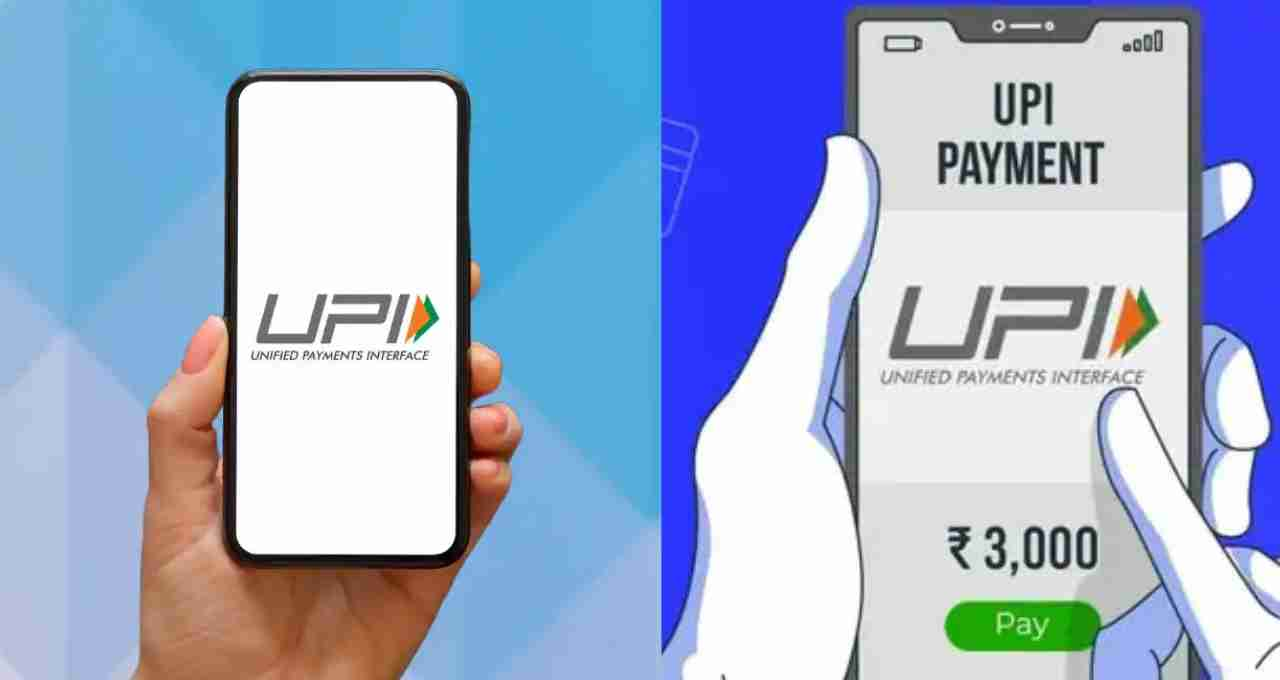
NPCI has increased the UPI transaction limit for certain specific categories. Previously, the per-transaction limit for Capital Market Investments and Insurance Payments was ₹2 lakh, which has now been increased to ₹5 lakh. Additionally, a maximum payment of up to ₹10 lakh will be allowed in these categories within a 24-hour period.
Changes have also been made for Credit Card Bills. Now, a payment of ₹5 lakh can be made in a single transaction, while the daily limit will be ₹6 lakh. Previously, this limit was only ₹2 lakh.
There has also been an increase in travel-related payments. Now, up to ₹5 lakh per transaction and ₹10 lakh daily can be paid. Previously, this limit was only ₹1 lakh.
For Government e-marketplaces, such as Earnest Money Deposits and Tax Payments, the per-transaction limit has also been increased from ₹1 lakh to ₹5 lakh. The maximum limit for a 24-hour period has been set at ₹10 lakh.
Changes in Banking and Other Digital Services
The limit for opening term deposits digitally has also been increased from ₹2 lakh to ₹5 lakh per transaction and per day. However, the limit for opening digital accounts will remain at ₹2 lakh.
Furthermore, the limit for foreign exchange retail payments through the Bharat Bill Payment System (BBPS) has also been set at ₹5 lakh per transaction and per day.
For jewelry purchases, the limit has been increased from ₹1 lakh to ₹2 lakh per transaction and ₹6 lakh daily. For loan and EMI payments, a limit of ₹5 lakh per transaction and ₹10 lakh daily has been set.
Why the Changes are Necessary

NPCI states that the primary objective of these new regulations is to facilitate larger transactions. Previously, people used to make multiple small transactions to send larger amounts, which consumed both time and effort. Now, payments of larger sums will be possible in a single transaction.
This change will also simplify real-time settlements. These changes will also be beneficial for merchants. They will now be able to accept large digital payments from customers quickly and easily.
Banks have been given the discretion to reduce these limits based on their risk policy. This means that some banks may set slightly lower limits for their convenience and security.
A New Direction for Digital Payment Systems
With this new UPI framework, the digital payment experience will become more secure, faster, and convenient. Large transactions will no longer be cumbersome. For services like insurance premiums, loan EMIs, credit card bills, and government payments, there will be no need for multiple transactions.
Both merchants and consumers will benefit from this. For businesses, immediate receipt of large payments will improve cash flow, and for customers, it will save time.
